As the A-League Men’s competition approaches its 20th season in 2024/25, the PFA has been reflecting with influential figures who have shaped the league over the past two decades.
“It’s definitely been a rollercoaster.”
These are the words of former Socceroo, National Soccer League (NSL) and A-League player Simon Colosimo about the 20 years of professional football in Australia.
Colosimo witnessed firsthand the transition from the NSL to the A-League, having played for Perth Glory, Sydney FC, and Melbourne Heart, he was at the centre of Australian professional football during a time of significant change.
Read more from the PFA’s chats with influential figures from the first 20 years of the competition:
MCKAY: What made Roarcelona fire, year one of the A-Leagues and the future of football in Queensland
PANTELIS: First ever A-League game, the transition from the NSL and Adelaide United’s progress since
“It’s evolved quite a bit, with a lot of ups and downs,” Colosimo says, reflecting on the A-League’s development.
He recalls being at Perth Glory, a club already well-established when the A-League launched, which provided a unique advantage in the early days of the competition.
“But when I joined Melbourne Heart, I got to see what it was like to build a club from the ground up,” he adds.
“I guess my memories are definitely fine (of the league), especially winning (the league) when I was at Sydney.
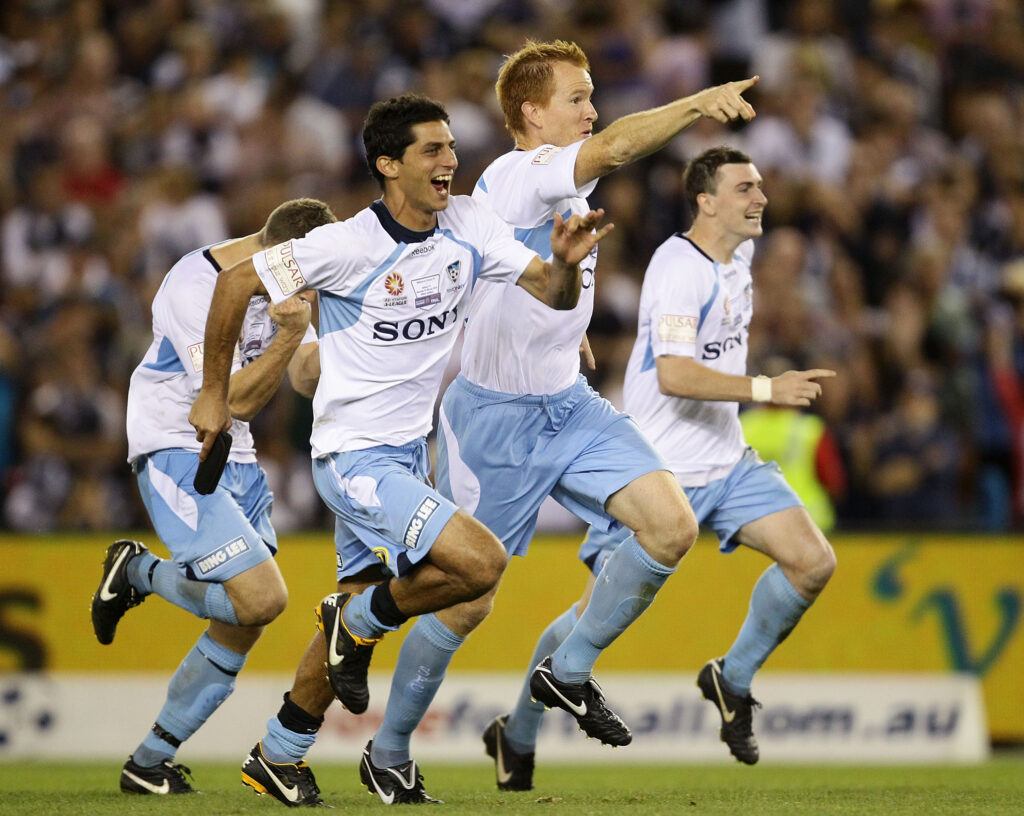
“But you can see where the clubs have come, probably, if you look at the other newly developed leagues, like (North America’s) MLS, the one thing we probably could have done a bit better was the infrastructure first, ensuring that that was in place.”
Colosimo’s career began in 1997 at Carlton SC, where he quickly attracted attention from major European clubs like Bayern Munich and Panathinaikos.
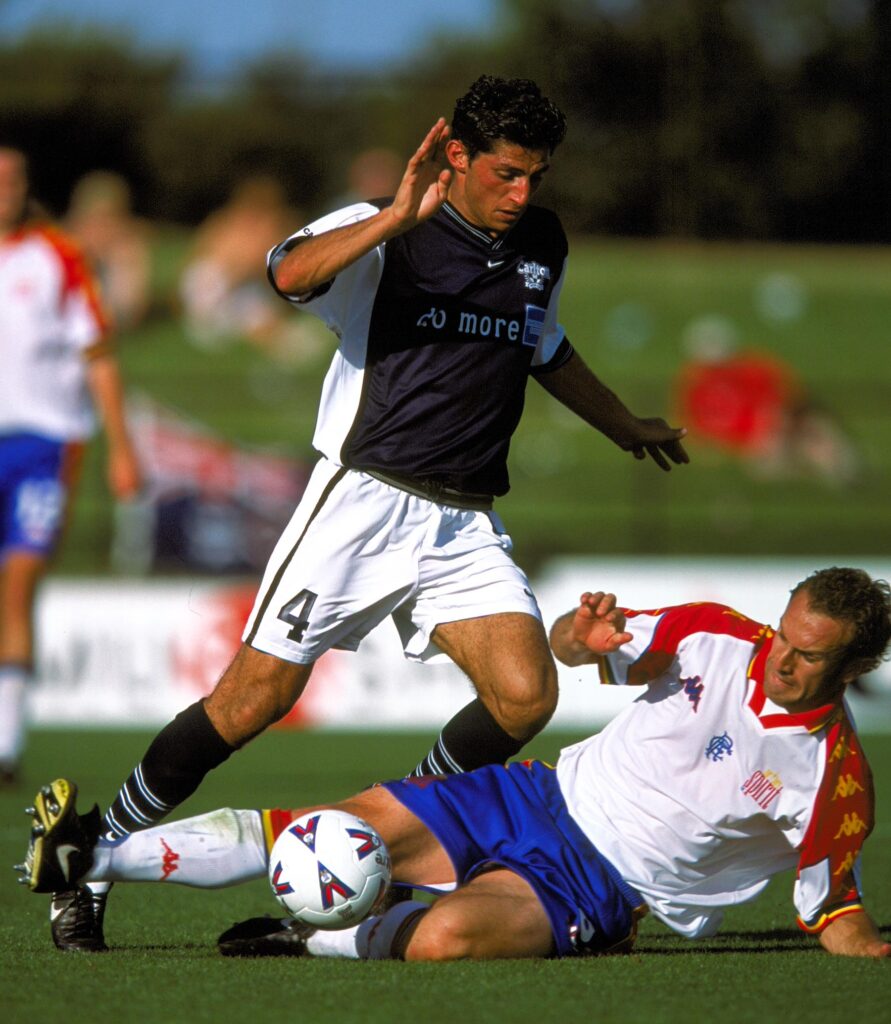
However, a serious knee injury while on international duty with the Socceroos derailed those opportunities. He went on to play for South Melbourne and Manchester City before returning to Australia, where he finished his NSL career with Perth Glory and Parramatta Power.
The collapse of the NSL in 2004 marked the end of an era in Australian football.
While Colosimo believes the transition from the NSL to the A-League in the early 21st century wasn’t perfect, he views it as a necessary step for the professional growth of Australian football.
“Someone had to take a stand. As Einstein said, insanity is doing the same thing over and over again and expecting different results. In the most respectful of ways, that’s how the NSL was,” Colosimo explains.
“We couldn’t grow the game; we couldn’t secure corporate or TV support. The game was dependent on passionate individuals and families who contributed time and finances. This should not be forgotten—the game is in their debt for their unwavering contribution. However, change was necessary, and the players and the PFA made the decision to reset.”
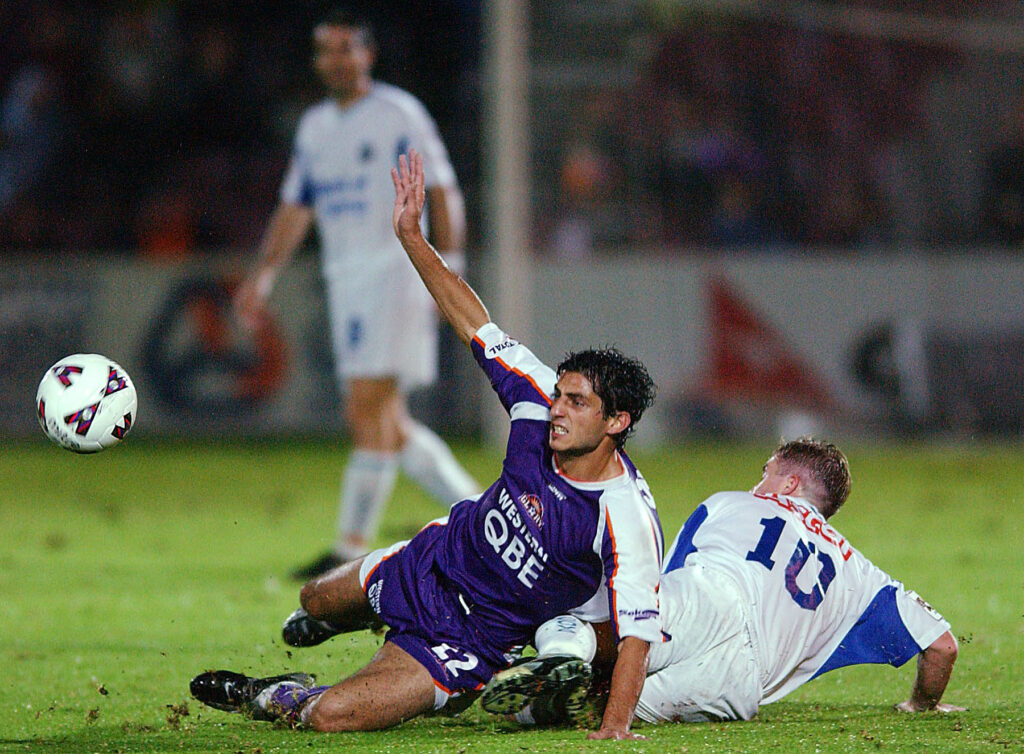
Colosimo believes it was the right decision for the interests of the game long term, as the new structure – with the support and influence of former Football Australia Chair Frank Lowy and the players – eventually flourished.
“It’s taken us some time now to try and reintegrate that and to bring that back to life,” he said.
“So other than losing that and creating a divide, I think making that decision, taking that time off and resetting was needed.”
Prior to the A-League starting, Colosimo considers himself fortunate to have been part of clubs that set high professional standards in the NSL.
“I started at Carlton, which had a professional setup. We were full-time, but the club eventually went into administration—unsustainable, like much of the NSL,” he recalls.
His time at South and Perth also gave him a taste of professionalism, particularly at Glory, which he compares to A-League standards, with full-time training and excellent facilities.
This experience shielded him from many of the struggles other players faced during the NSL’s final years, as the league struggled to stay afloat.
Throughout his career, Colosimo has been heavily involved in advocating for player rights.
Joining the PFA early in his playing days, he served as the association’s President for 10 years — longer than anyone else to serve in the 31 years of the union.
During his tenure, Coloismo helped establish critical agreements for the players, such as the A-Leagues’ and Matildas’ first Collective Bargaining Agreements, the introduction of Minimum Medical Standards and the player development and transition programs for players in A-League Men’s teams.
After his retirement from the professional game, Colosimo became the PFA’s Player Relations Executive, continuing his mission to improve conditions for Australian players right across the world.
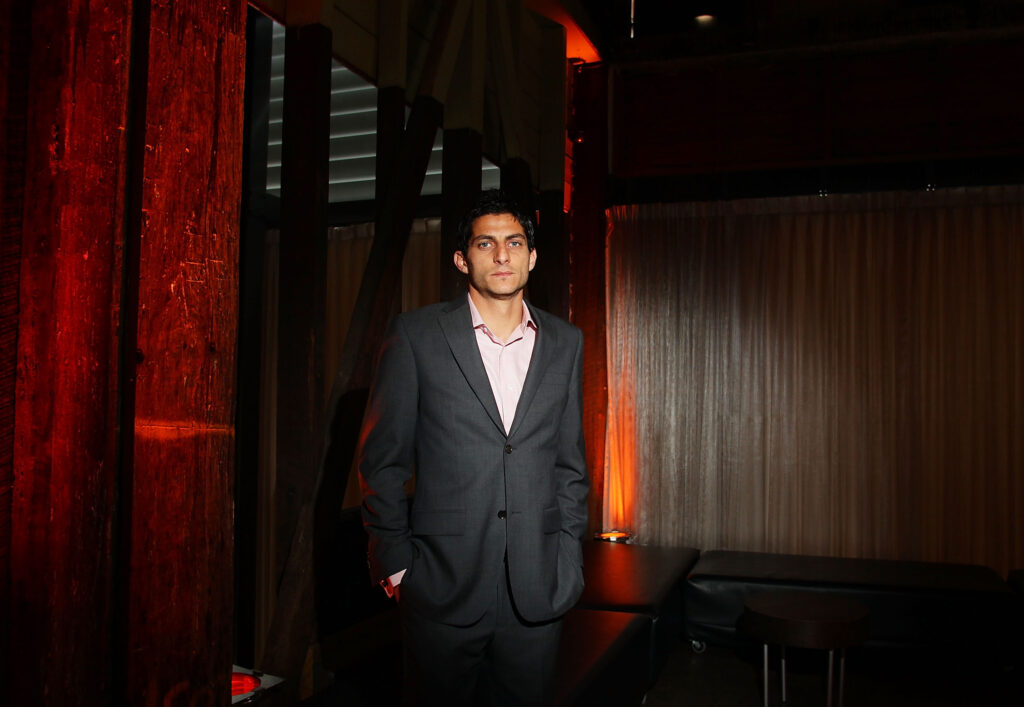
“The PFA has been the constant for players, ensuring professional standards are maintained regardless of which club or league they’re in,” he says.
“The organisation has worked to professionalise a sport that was previously built on passion.”
After 25 years being involved with the PFA, Colosimo moved to Amsterdam to work with FIFPRO, the global players’ union, where he served as Deputy General Secretary and brought the same principles from his time at the PFA to the international stage.
“Football in Australia has always had a global element, and I believe that Australians—players and those working off the field—are capable of contributing on that international stage,” Colosimo reflects.
His work at FIFPRO involved elevating player regulations and working conditions worldwide, a natural progression from his work in Australia. Colosimo has since moved onto Saudi Arabia, where he leads the Football Players Association in Saudi Arabia – a role he took on earlier this year – continuing his efforts to protect players’ rights and foster professional development.
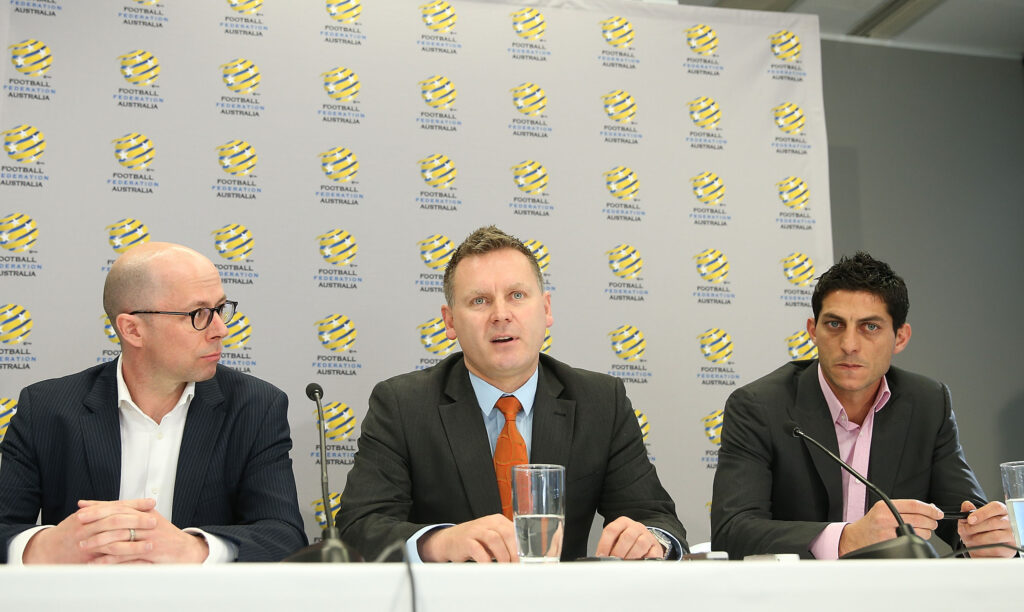
“The principles remain the same, whether you’re in Australia, Europe, or the Middle East,” he said.
“It’s about ensuring that players are supported and able to build sustainable careers, with the player association being the constant.”
Though now working internationally, Colosimo remains deeply connected to Australian football and has clear views on how the A-League can continue to grow.
“The fans were a critical part of the great days. The matchday experience and fit-for-purpose stadiums should be the focus moving forward,” he says.
“Boutique stadiums, like Adelaide’s Coopers Stadium and Melbourne’s AAMI Park, create an atmosphere, and that’s essential for the fan experience. Large venues like Suncorp are fantastic for big finals, but it’s difficult to fill them regularly without that close connection to the community.
“Once you lose the atmosphere on a match day, that follows through, and then the domino effect begins.”







